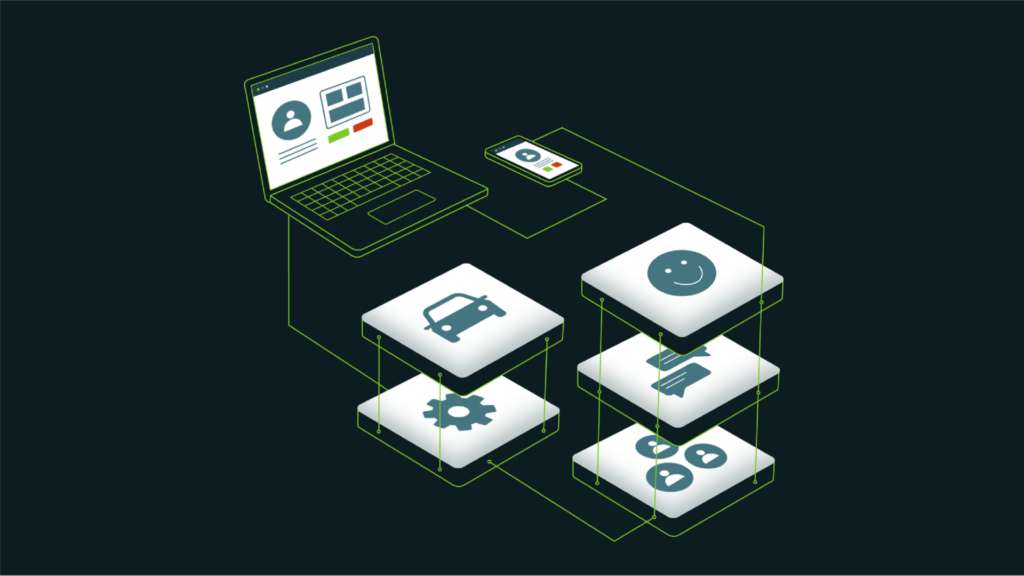There’s no such thing as perfection — especially when it comes to hiring. When your caregiving agency is attempting to recruit the talent you need to provide the best experience possible for your clients, there’s no one size fits all approach that can alleviate the hiring pains.
The best place to begin when starting to refine your hiring process is where you’re currently at. Taking stock of your current metrics will allow you to set realistic goals so you can improve caregiver hiring at your agency. However, there is so much information out there regarding best hiring practices that it can be dizzying to begin.
A good rule of thumb is that a metric you want to track is one that answers a question you have about hiring. This can help your team focus on the statistics that really make a difference, while tuning out those that are merely distractions. What one caregiving agency focuses on may be slightly different than the next, but that’s alright — the point is that you make the hires you need to keep your business successful.
To help you focus your hiring efforts, we’ve created this list of five questions — and metrics — that your agency can use to drive caregiver hiring at your agency.
1. How many open jobs were created last month?
In general, it’s a good idea to follow how many jobs are created when you’re working on hiring at your agency. This metric enacts the first level of accountability for your hiring team, as the number of jobs created in a month ultimately relates to how many caregiver hires are made in the same time period. Primarily, this serves to show how proactive your agency is regarding caregiver hiring.
While you can’t expect an exact number of new hires and existing personnel to leave during that time, you can estimate how many will need to be replaced based on a single fact: 65% of caregivers are always looking for another job. You can have all the retention efforts in place, but if the amount of employees leaving your facility ever exceeds the amount of caregivers you’re hiring, you’re going to be in major trouble.
2. Which applicant source is worth my time?
The second metric your agency needs to track to improve your caregiver hiring is which applicant sources produce the best candidates. It’s one thing to receive 100 applicants for a position posted on a general job board, but if none of those interested job seekers have the necessary skills to work as a caregiver, you’re wasting your team’s time — and money.
When your agency tracks the effectiveness of each channel you use to post your jobs, you put the power of the dollar towards where it’ll really matter. You wouldn’t bet on a losing horse, so why would you continue to spend your advertising dollars on channels that don’t deliver results? Your business can better hone its caregiver hiring by learning the ins and outs of the job boards that your ideal candidate uses to find their next roles instead of wasting time researching the best formatting for multiple platforms. You could even compare whether paid or sponsored posts perform better across several platforms at once, allowing you and your team to make smart purchasing decisions.
Tracking your metrics is only part of the hiring puzzle. See how Hireology can improve your caregiver hiring process now!
3. How can I make sure all of my branches remain compliant during the hiring process?
During the hiring process, one seemingly small mess up could equal thousands of dollars in fines to remedy the situation. There are systems out there capable of monitoring compliance at each location in your agency’s group — which is definitely a metric you should be interested in tracking.
In order to make sure that your teams are hiring fairly and equitably is one challenge; making sure that those hires pass required background checks or submit their certifications in a timely manner is yet another that can impact your agency. This metric allows you to hold team members accountable for following all of the clearly defined steps in your agency’s hiring process, which is important for two reasons. The first was mentioned earlier: that you don’t accrue unnecessary fines for one branch skipping a step or two in the hiring process.
The second reason is that in order to keep candidates from ghosting an interview (or even worse, their first day) at your agency, you need to design a hiring process that quickly converts an applicant to a new hire. If your team is removing or adding steps to this carefully curated process in an unregulated manner, they could be doing more harm to your caregiver hiring efforts than good — all of which can be monitored by measuring the location adherence across your brand.
4. What do I need to know to track the velocity of my caregiver hiring?
Your agency’s hiring velocity encompasses three factors — which should be measured to make sure you’re on the right track. The first two, the percentage of applicants reviewed and overall time spent reviewing, are intricately enmeshed. This is simply because the amount of time your team spends reviewing applicants should theoretically increase when the amount of applicants received increases. If there’s a disconnect between these two numbers, the delay in the review time could be driving caregivers away from your agency instead of adding to it.
The third factor is simply tracking how long each step in the hiring process takes for each candidate. If your agency only follows a handful of hopeful caregivers throughout your hiring process, you have a range of time spent in each stage — not the average. When you track your average amount of time-to-hire, you have a metric that you can significantly control.
5. Is my time-to-hire where it needs to be?
That depends — how long does your process currently take, from applicant submission to offer acceptance? If it’s longer than two weeks or 10 business days, you’re moving too slow for top talent. The caregiver agencies who are excelling at hiring extend an offer within 9 business days, meaning they get first dibs on the cream of the caregiver crop.
This is where keeping track of how long is spent in each stage of the hiring process is important; these two metrics can help you identify key areas where you can shave time off. The modern job seeker doesn’t have to wait two weeks to hear back from a potential employer; in this hiring market, they’ll likely be hired by a competing agency in that time.
Bonus tip: if you can, make sure their first day is as close to their accepted offer as possible. Some workers are motivated by how quickly they can get paid, meaning they’ll ghost your agency if another can get them through the door first.
Want to learn what your peers are doing in the hiring space other than tracking metrics? Check out The 2022 Future of Hiring study.
Caregiver hiring key takeaways
It’s no secret — healthcare staffing is difficult, but not impossible. There are certain aspects of the hiring process that can be monitored to make sure your agency hires the people you need to provide the best experience possible for your clients. A good metric to measure is one that answers a question you have regarding your hiring process. Key metrics you should consider monitoring are how many jobs you create in a month, which channels drive the most hires for your agency, how compliant each of your agency locations are, your overall hiring velocity, and your average time-to-hire.
Hireology’s powerful all-in-one platform allows you to track all of these important metrics so your caregiver agency can hire the help you need for your clients. Chat with a trained Hireologist today to see how our Insights & Analytics can help you hit your hiring goals.





